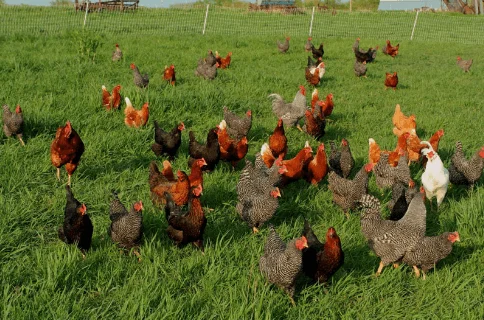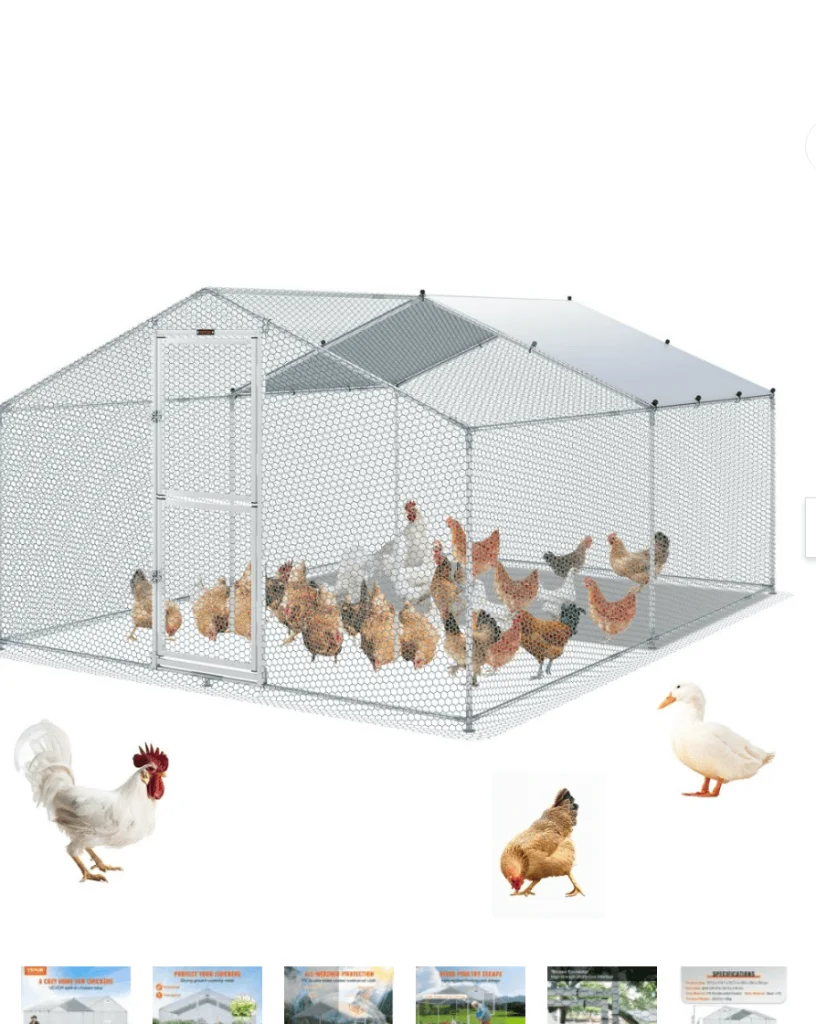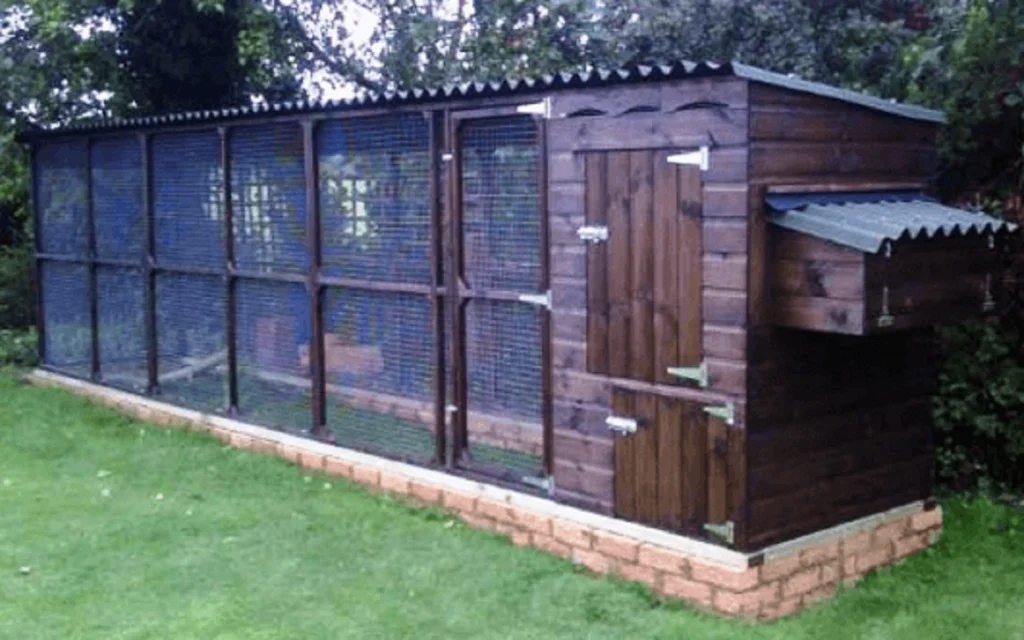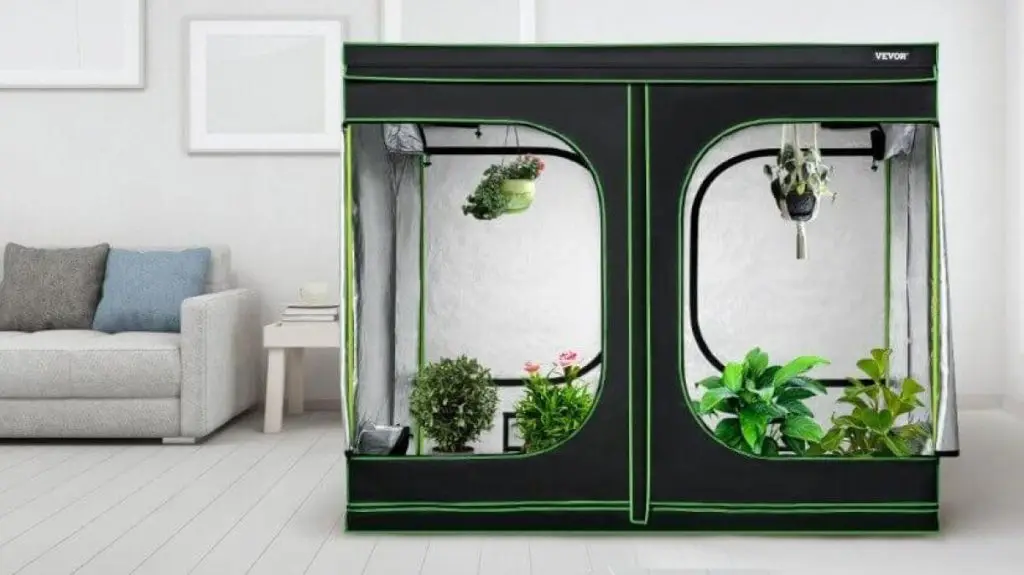How big should a chicken coop be?
Beyond the dimensions and square footage, the size of the coop plays a pivotal role in the overall well-being of your feathered companions.
A spacious and thoughtfully designed coop fosters an environment where chickens can express their natural behaviors, such as scratching, foraging, and dust bathing. Adequate space not only promotes physical health but also contributes to mental stimulation, reducing stress and boredom among the flock.
In this guide, we will share the essential considerations that guide the determination of the ideal coop size for happy hens. From understanding the space requirements based on your chicken size to recognizing the impact on egg production and overall behavior, we aim to provide comprehensive insights for poultry keepers seeking to create a coop that not only houses but truly nurtures the well-being of their feathery companions.
Table of contents
Insights from Expert Advice
Choosing the right size for your chicken coop is an important decision that affects the health, happiness, and productivity of your flock. A coop that is too small can cause overcrowding, stress, disease, and aggression among your chickens. A coop that is too large can be difficult to heat, clean, and maintain. Therefore, you need to consider several factors when deciding how big of a coop you need, such as:
Adequate Space for Roaming
Experts emphasize the importance of providing sufficient space for chickens to roam freely. A general guideline is to allow at least 3-4 square feet per chicken inside the coop and 8-10 square feet per chicken in an outdoor run.
Consider the Chicken Breed
Different chicken breeds have varying space requirements and temperaments. Some breeds are more active and social, while others may be more docile. Tailor your coop size and design to accommodate the specific needs of your chosen chicken breed.
Ventilation is Crucial
Proper ventilation is a key aspect of coop design. Good airflow helps regulate temperature, reduce humidity, and prevent the buildup of harmful gases such as ammonia. Adequate ventilation contributes to overall chicken health.
Nesting Boxes and Roosting Bars
Ensure that your coop is equipped with suitable nesting boxes for egg-laying and roosting bars for nighttime perching. Experts recommend one nesting box for every 4-5 hens and sufficient roosting space to prevent overcrowding. Each nesting box should be at least 12 inches by 12 inches and placed in a dark and quiet corner of the coop. If you raise chickens for meat, you may not need nesting boxes, but you still need to provide adequate space and ventilation for them to grow and thrive.
Easy Access for Cleaning
Design the coop with easy access for cleaning. Removable litter trays, well-placed doors, and a well-thought-out layout make routine cleaning more efficient, promoting a healthier living environment.
Protection from Predators
Experts stress the importance of predator-proofing the coop. Secure the coop with sturdy fencing, use hardware cloth instead of chicken wire for added protection, and consider features like predator aprons to deter digging animals.
Natural Light and Enrichment
Provide natural light in the coop, as it positively influences the chickens’ circadian rhythm and egg production. Additionally, experts recommend incorporating enrichments such as dust bathing areas, perches, and hanging treats to keep chickens mentally stimulated.
Plan for Future Expansion
As your flock grows or if you decide to add more chickens, having the flexibility to expand the coop will save you from the challenges of overcrowding.
Assessing Chicken Population: How Many Chickens Should I Start With?
If you are thinking about raising chickens, one of the first questions you may have is how many chickens should start with. The answer depends on several factors, such as your goals, resources, space, and preferences. Here are some things to consider when determining the ideal number of chickens for your flock:
Your goals
Why do you want to raise chickens? Is it for eggs, meat, pets, or a combination of these? Different goals may require different numbers of chickens. For example, if you want to have enough eggs for your family, you may need around four to six chickens, depending on how many eggs you consume and how often.
If you want to have meat chickens, you may need more chickens, depending on how much meat you want and how frequently. If you want to have pet chickens, you may need fewer chickens, depending on how much time and attention you can give them.
Your resources
How much money, time, and energy can you invest in raising chickens? Chickens are not very expensive to keep, but they do require some costs, such as feed, bedding, equipment, and veterinary care. You also need to spend some time and effort caring for your chickens, such as feeding, watering, cleaning, and protecting them from predators. The more chickens you have, the more resources you will need. Therefore, you should choose a number of chickens that fit your budget and lifestyle.

Your space
How much space do you have for your chickens? Chickens need enough space to live comfortably and healthily. They need space inside the coop, where they sleep and lay eggs, and space outside the run, where they roam and forage. The general rule of thumb is to provide at least 4 square feet of floor space per chicken inside the coop and at least 10 square feet of outdoor run space per chicken.
However, this may vary depending on the breed, size, and temperament of your chickens, as well as the climate and weather conditions in your area. You should also consider the design and layout of your coop and how it affects the use of space and the ease of cleaning and maintenance
Your preferences
What kind of chickens do you like? There are many breeds of chickens, each with its characteristics, such as appearance, personality, egg production, and hardiness. You may have a preference for certain breeds, or you may want to have a variety of breeds. You should also consider the compatibility and harmony of your chickens and how they get along with each other. Some breeds are more friendly and sociable, while others are more aggressive and dominant. You should choose breeds that suit your taste and match your flock.
These are some of the factors to consider when deciding how many chickens I should start with. There is no definitive answer, as different situations may require different solutions. However, a good starting point is to have at least three chickens, as chickens are social animals and need companionship.
You can always add more chickens later if you have the space and resources and if you want to expand your flock. However, you should also be careful not to have too many chickens, as this can cause overcrowding, stress, disease, and aggression among your chickens. You should aim for a balance between the number of chickens and the quality of their life.
Practical Considerations: How Much Room for Chickens?
If you are wondering how much room for chickens you need, you should consider the space requirements for chickens within the coop and the chicken run. The coop is the indoor space where the chickens sleep and lay eggs, while the run is the outdoor space where the chickens roam and forage. Both spaces are important for the chickens’ comfort, health, and productivity.
The space requirements for chickens within the coop depend on the number, size, and breed of the chickens, as well as the design and layout of the coop. Provide at least 3 to 4 square feet of floor space per chicken. However, this may vary depending on the breed, size, and temperament of your chickens, as well as the climate and weather conditions in your area.
Additionally, careful consideration of coop elements such as doors, windows, vents, roosts, feeders, waterers, ease of access, cleaning, security, and protection contributes to the overall design efficacy. A well-conceived coop design maximizes spatial utilization, creating a comfortable and functional haven for chickens.
The space requirements for chickens in the run also depend on the number, size, and breed of the chickens, as well as the design and layout of the run. A standard guideline suggests providing a minimum of 10 square feet of outdoor run space per chicken. This recommendation, however, is subject to the variables above.
Consideration of vegetation, shelter, and obstacles within the run further contributes to creating an environment that offers shade, enrichment, and entertainment for the flock. A well-designed run enhances the quality of life and egg production of the chickens.
If you have a specific number of chickens in mind, you can use a chicken coop size calculator to estimate the ideal coop and run size for your flock. For example, if you want to have 20 chickens, you can use the calculator to find out that you need a coop that is at least 60 to 80 square feet and a run that is at least 200 square feet.
At VEVOR, we are committed to providing ample room for chickens in our coop solutions. We offer a range of coop sizes and designs that can accommodate different numbers and types of chickens. Our coops are spacious, sturdy, and easy to clean and maintain. Our coops also have smart features, such as removable trays, sliding doors, and automatic chicken coop doors, that make the coop experience more convenient and efficient. Whether you want a large metal coop or a small wooden coop, we have the perfect solution for you.
Large or Small Coop: Finding the Right Balance
| Factors to Consider | Large Coop | Small Coop |
| Advantages | More space, comfort, and freedom for chickens.Prevents overcrowding, stress, disease, and aggression. – Improved egg production and quality. Accommodates more chickens. – Offers additional features and amenities. | Cheaper, easier, and more convenient setup.Saves money, time, and energy. – Fits in most backyards.Potentially more secure and cozy in harsh weather. |
| Disadvantages | Higher cost for purchase, construction, maintenance, heating, and security.More challenging and time-consuming cleaning. May generate more waste and odor. Harder to access and deliver, affecting yard aesthetics. | Limited space, options, and diversity.Potential for overcrowding, stress, disease, and reduced egg production. May lack amenities for natural behaviors. Requires more frequent and thorough cleaning. Limited room for food and water, increasing contamination risk. |
| Considerations | Budget, available space, and expansion plans. Time and energy commitment to maintenance. Accessibility of the yard for coop setup and delivery. | Intended flock size and breed diversity.Willingness for frequent cleaning and potential limitations in natural behavior expression. |
VEVOR’s Coop Solutions: Size with Comfort
When it comes to choosing the perfect coop for your feathered friends, VEVOR stands out with a range of solutions meticulously designed for optimal size and chicken comfort. Our coops blend functionality, durability, and thoughtful features to create an ideal living space for your flock. Here are some features that make VEVOR’s Coops the Ideal Choice:
Diverse Sizes
Explore VEVOR’s diverse range of coops catering to different flock sizes. Whether you have a small brood or a larger flock, our coops are crafted to provide the perfect space for your chickens. For those with larger flocks, our VEVOR Large Metal Coop offers a spacious and secure environment, ensuring ample room for natural behaviors and optimal comfort. If you’re looking for a sleek and durable option, consider our VEVOR Metal Chicken Coop, designed for both practicality and aesthetics.

Ample Space for Natural Behaviors
VEVOR’s coops are designed with a keen understanding of chicken behaviors. With ample space for scratching, dust bathing, perching, and foraging, our coops provide an environment where chickens can express their instincts freely.
Easy Maintenance
We value your time, and our coops are engineered for easy maintenance. Features such as removable trays, sliding doors, and user-friendly designs make cleaning and upkeep a hassle-free experience.
Ventilation and Light
Ventilation is key to a healthy coop environment. VEVOR’s coops are designed with proper airflow in mind, ensuring that your chickens enjoy a well-ventilated and well-lit space for optimal health.
Final words
Coop is more than just a shelter, it is a home where natural behaviors unfold, social dynamics flourish, and contentment prevails. Striking the right chord between providing ample space for roaming, perching, and nesting while considering the practical aspects of cleaning, maintenance, and future expansion is the key to fostering a harmonious environment.
Whether opting for a large coop that offers freedom and versatility or a smaller, more manageable space that prioritizes convenience, the decision ultimately rests on aligning the coop’s dimensions with the unique needs of your flock and your preferences. In choosing VEVOR’s coop solutions, you not only invest in a physical shelter for your chickens but also their overall well-being and contentment. Our commitment to size with comfort reflects our dedication to providing coop solutions that go beyond the basics, creating a home where your chickens thrive. Explore our range of coops here.





